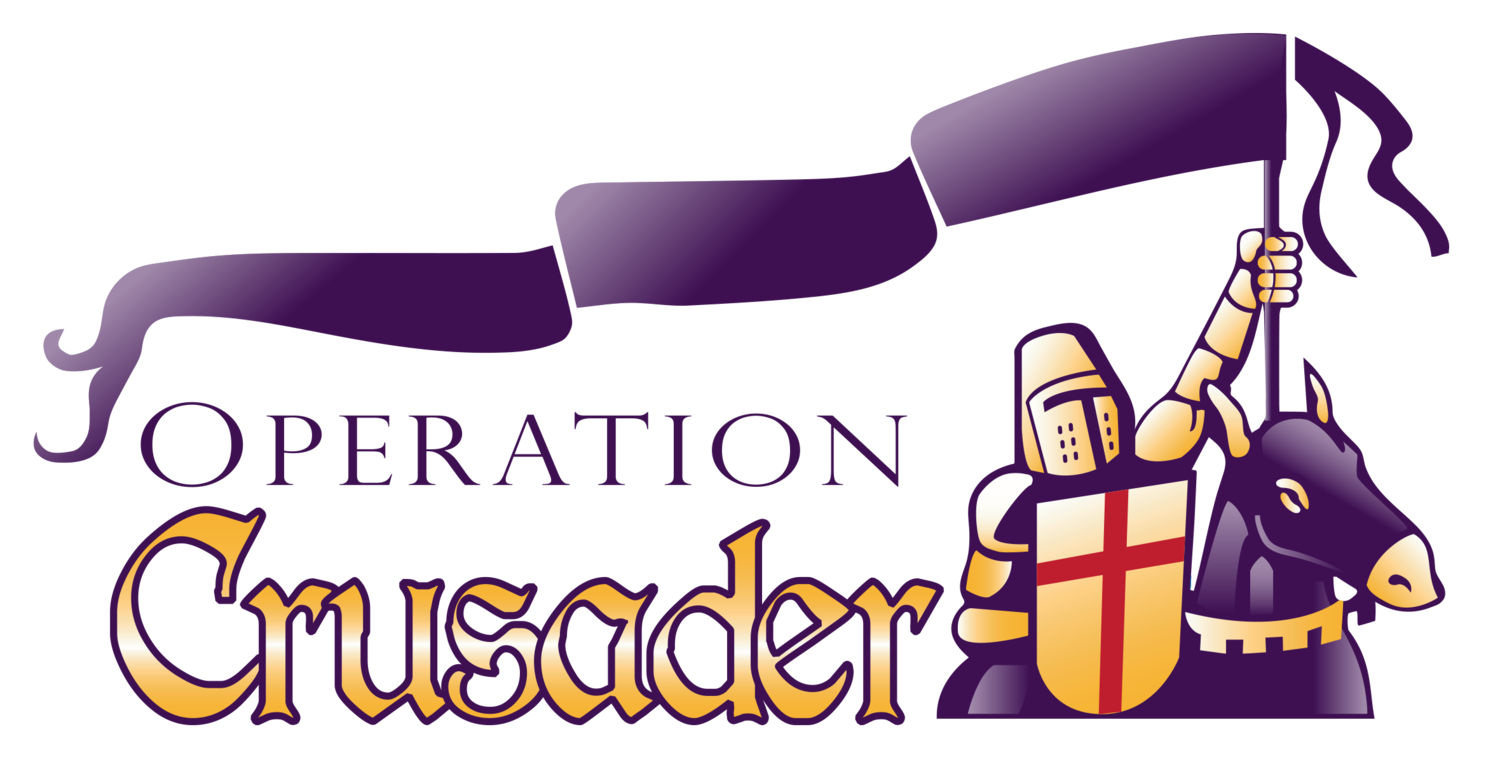The Flow
Your website is often time the first interaction with your company or organization. While there are many components to a quality website that range from the content to the graphics, there is one overarching component that is rarely talked about, the website flow.
A website is similar to the game Plinko. You may remember the game where you place a disk towards the top of a board and as it slides down, it hits different pegs until it falls into one of options at the bottom. Each time the disk comes in contact with a peg, it may fall either left or right thus varying the final output.
A quality website works in much the same way as the game Plinko. When people travers through your website, they make options and choices on what they click. Eventually, you want them to take some action. This may be a way for them to contact you, purchase an item, or sign up for a newsletter. It can be almost anything. The secret of a quality website is the control of the options and choices that are presented.
Thinking through the flow of a website is a combination of both art and science. The options need to be a bit intuitive to take people further into the engagement cycle. However, the flow also has to take into consideration the varied perspectives of the people entering the site.
Many companies make serious mistakes when it comes to the flow of their websites. They range from simple to more complex issues. These mistakes slow engagement and cause people to leave a site quickly. While there are many, let’s talk about a few of the big ones.
Everything is equal:
We have all been on websites were everything seems to be on the front page and of equal importance. Because there is no flow, the visitor is bombarded with all of the options and choices at once. This often just causes them to not try to find the information they are actually looking to discover. There is just no real path to follow.
From the companies perspective, everything is easy to find. It is because they are used to being on the site and know where things are found. However to the visitor, the paths are not so easy to spot.
The disjointed website:
Some websites just seem all over the place when it comes to the options presented. They often times just don’t make any sense from a visitor’s perspective. Some things may be found from a drop down menu while others from clicking on a graphic. While neither of those is bad in and of itself, when the website feels disjointed it creates issues.
Many times, when you are on one of these websites, it feels like it was designed by committee each with a different idea on how visitors should flow through the site. Because it lacks consistency, people often give up trying to find the information they are looking for.
The pretty website:
While a pleasant aesthetic website is important, some websites spend so much energy on the look without much thought into the function or purpose. They are filled with beautiful images and videos that are pleasant to look at. However, because they have no flow, the visitor is never taken to a deeper level or towards an action.
Of course it is important to have an aesthetically pleasing site. However, if that detracts from the websites purpose, you may need to spend some more energy on considering the flow and how people traverse through the site.
While there are many other areas that can be discussed, at Operation Crusader, we recommend taking some time to go onto your website as a visitor who knows little about what you do. Does the navigation drive your towards an action? Can you find what you are looking for within a click or two? Does your site pull you in deeper providing more information as a person clicks? If the answer is no, you should consider the websites flow.

